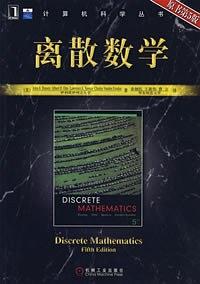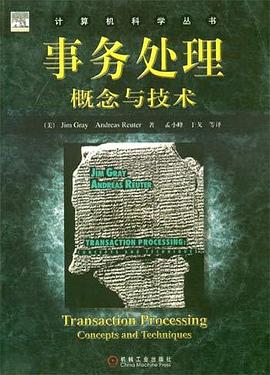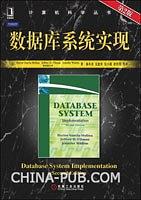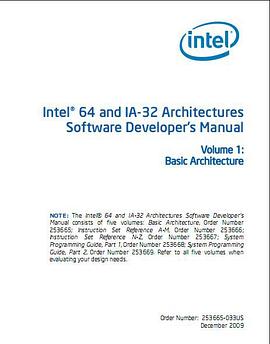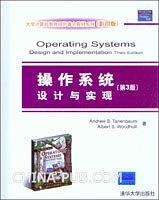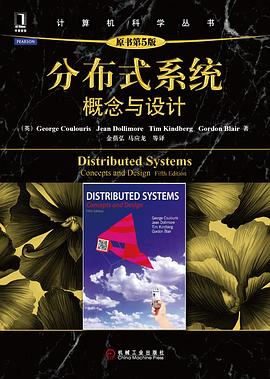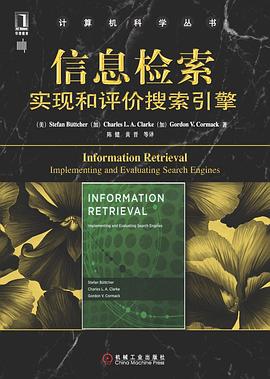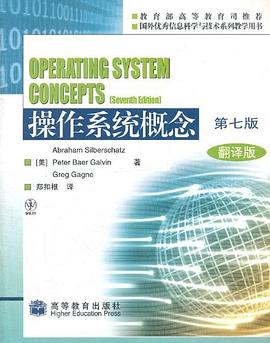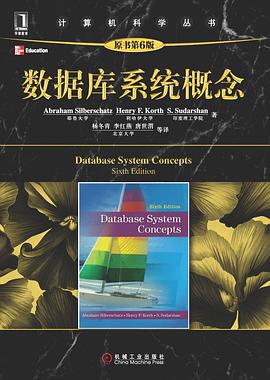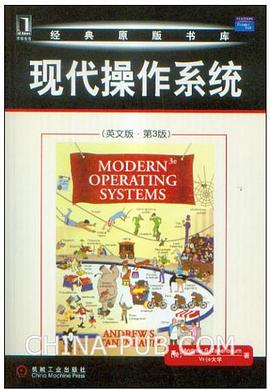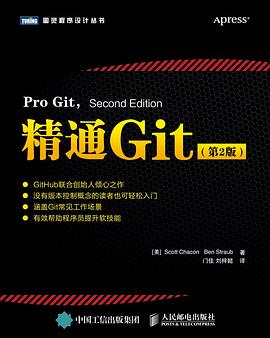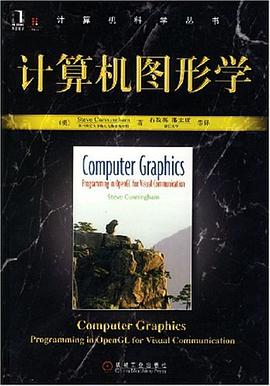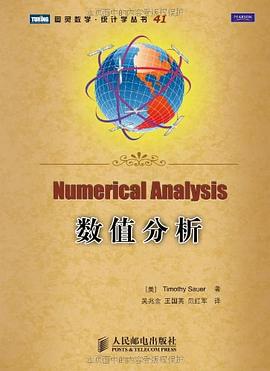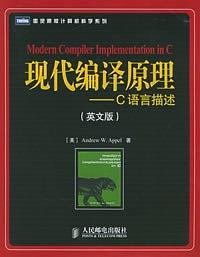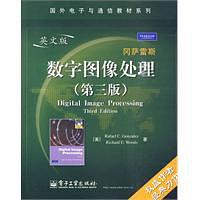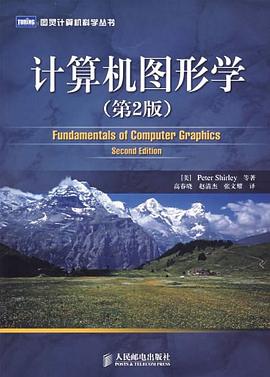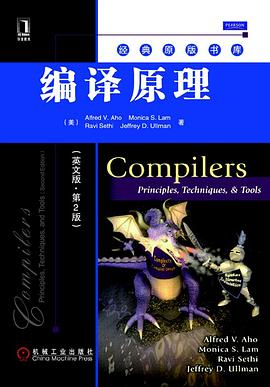

具体描述
本书是编译领域无可替代的经典著作,被广大计算机专业人士誉为“龙书”。本书上一版自1986年出版以来,被世界各地的著名高等院校和研究机构(包括美国哥伦比亚大学、斯坦福大学、哈佛大学、普林斯顿大学、贝尔实验室)作为本科生和研究生的编译原理课程的教材。该书对我国高等计算机教育领域也产生了重大影响。 第2版对每一章都进行了全面的修订,以反映自上一版出版20多年来软件工程。程序设计语言和计算机体系结构方面的发展对编译技术的影响。本书全面介绍了编译器的设计,并强调编译技术在软件设计和开发中的广泛应用。每章中都包含大量的习题和丰富的参考文献。 本书适合作为高等院校计算机专业本科生和研究生的编译原理与技术课程的教材,也可供广大计算机技术人员参考。
作者简介
Alfred V.Aho,美国歌伦比亚大学教授,美国国家工程院院士,ACM和IEEE会士,曾获得IEEE的冯·诺伊曼奖。著有多部算法、数据结构、编译器、数据库系统及计算机科学基础方面的著作。
Monica S.Lam,斯坦福大学计算机科学系教授,曾任Tensilica的首席科学家,也是Moka5的首任CEO。曾经主持SUIF项目,该项目产生了最流行的研究用编译器之一。
Ravi Sethi,Avaya实验室总裁,曾任贝尔实验室高级副总裁和Lucent Technologies通信软件的CTO。他曾在宾夕法尼亚州立大学,亚利桑那州立大学和普林斯顿大学任教,是ACM会士。
Jefirey D.Ullman斯坦福大学计算机科学系教授和Gradiance CEO。他的研究兴趣包括数据库理论、数据库集成、数据挖掘和利用信息基础设施教学等。他是美国国家工程学院院士、IEEE会士,获得过ACM的Karlstrom杰出教育奖和Knuth奖。
目录信息
1.1 language processors
1.2 the structure of a compiler
1.3 the evolution of programming languages
1.4 the science of building a compiler
1.5 applications of compiler technology
1.6 programming language basics
1.7 summary of chapter 1
1.8 references for chapter 1
2 a simple syntax-directed translator
2.1 introduction
2.2 syntax definition
2.3 syntax-directed translation
2.4 parsing
2.5 a translator for simple expressions
2.6 lexical analysis
2.7 symbol tables
2.8 intermediate code generation
2.9 summary of chapter 2
3 lexical analysis
3.1 the role of the lexical analyzer
3.2 input buffering
3.3 specification of tokens
3.4 recognition of tokens
3.5 the lexical-analyzer generator lex
3.6 finite automata
3.7 from regular expressions to automata
3.8 design of a lexical-analyzer generator
3.9 optimization of dfa-based pattern matchers
3.10 summary of chapter 3
3.11 references for chapter 3
4 syntax analysis
4.1 introduction
4.2 context-free grammars
4.3 writing a grammar
4.4 top-down parsing
4.5 bottom-up parsing
4.6 introduction to lr parsing: simple lr
4.7 more powerful lr parsers
4.8 using ambiguous grammars
4.9 parser generators
4.10 summary of chapter 4
4.11 references for chapter 4
5 syntax-directed translation
5.1 syntax-directed definitions
5.2 evaluation orders for sdd's
5.3 applications of syntax-directed translation
5.4 syntax-directed translation schemes
5.5 hnplementing l-attributed sdd's
5.6 summary of chapter 5
5.7 references for chapter 5
6 intermediate-code generation
6.1 variants of syntax trees
6.2 three-address code
6.3 types and declarations
6.4 translation of expressions
6.5 type checking
6.6 control flow
6.7 backpatching
6.8 switch-statements
6.9 intermediate code for procedures
6.10 summary of chapter 6
6.11 references for chapter 6
7 run-time environments
7.1 storage organization
7.2 stack allocation of space
7.3 access to nonlocal data on the stack
7.4 heap management
7.5 introduction to garbage collection
7.6 introduction to trace-based collection
7.7 short-pause garbage collection
7.8 advanced topics in garbage collection
7.9 summary of chapter 7
7.10 references for chapter 7
8 code generation
8.1 issues m the design of a code generator
8.2 the target language
8.3 addresses in the target code
8.4 basic blocks and flow graphs
8.5 optimization of basic blocks
8.6 a simple code generator
8.7 peephole optimization
8.8 register allocation and assignment
8.9 instruction selection by tree rewriting
8.10 optimal code generation for expressions
8.11 dynamic programming code-generation
8.12 summary of chapter 8
8.13 references for chapter 8
9 machine-independent optimizations
9.1 the principal sources of optimization
9.2 introduction to data-flow analysis
9.3 foundations of data-flow analysis
9.4 constant propagation
9.5 partial-redundancy elimination
9.6 loops in flow graphs
9.7 region-based analysis
9.8 symbolic analysis
9.9 summary of chapter 9
9.10 references for chapter 9
10 instruction-level parallelism
10.1 processor architectures
10.2 code-scheduling constraints
10.3 basic-block scheduling
10.4 global code scheduling
10.5 software pipelining
10.6 summary of chapter 10
10.7 references for chapter 10
11 optimizing for parallelism and locality
11.1 basic concepts
11.2 matrix multiply: an in-depth example
11.3 iteration spaces
11.4 aftlne array indexes
11.5 data reuse
11.6 array data-dependence analysis
11.7 finding synchronization-free parallelism
11.8 synchronization between parallel loops
11.9 pipelining
11.10 locality optimizations
11.11 other uses of affine transforms
11.12 summarv of chapter 11
11.13 references for chapter 11
12 interprocedural analysis
12.1 basic concepts
12.2 why interprocedural analysis?
12.3 a logical representation of data flow
12.4 a simple pointer-analysis algorithm
12.5 context-insensitive interprocedural analysis
12.6 context-sensitive pointer analysis
12.7 datalog implementation by bdd's
12.8 summary of chapter 12
12.9 references for chapter 12
a a complete front end
a.1 the source language
a.2 main
a.3 lexical analyzer
a.4 symbol tables and types
a.5 intermediate code for expressions
a.6 jumping code for boolean expressions
a.7 intermediate code for statements
a.8 parser
a.9 creating the front end
b finding linearly independent solutions
index
· · · · · · (收起)
读后感
编译原理确实是一门很抽象的课程,很容易就看得云里雾里。 我的经验就是当看书看不懂的时候,就把书上面的代码敲下来,或者按照书上的思路自己写一个,在这个过程中,你就会发现不清楚的东西一点一点的清晰了。 另外,第一次看的同学:这本书确实很抽象,枯燥,甚至以后用到...
评分大学里面的课本,大多数都是一个稍微浓缩了的编译原理讲解,老师基本上还是要看看这本红龙书才敢讲课的。 如果说这本书有什么优点,那么可以这么说,很多编译原理的书都有很多错误,这些错误是因为他们的算法和这本书的不太一样。有些取了捷径。不是说算法不对,而是没有讲明...
评分诚心地说,这是一本好教科书,但不是一本全能的书,也不是一本工具书。这本书不适合实践,里面通篇的抽象大道理,例子不多。如果你之前对编译原理不甚了解,或是想巩固对编译原理知识,这本书再适合不过了;如果你已经具备了编译知识,想自己动手构建一个编译器的话,我还...
评分确实很有这方面的需求,这是最近心态太浮躁了。希望能马上就用在什么地方,但是要理解里面的精髓,还得去了解状态机等等
评分看了有关静态分析的几章,书中有相关算法的讲解,非常细致。总的感觉是适合本科生教学,研究生可能会觉得它有点罗嗦,不够直截了当,切入主题。
用户评价
看了部分章节,精力有限,不再展开。
评分随着课程看了最主要的部分。
评分重讀教材。不明白為啥當年我學這門課的時候這麽痛苦,當時讀此教材非常煩躁以至於基本沒仔細讀過。可能是大了兩歲,心智成熟了。挺順暢。講解清楚,抽象化形象,體系層次清晰(雖然就那麽幾個編譯階段不分章節寫也不可能233)作編譯基礎教材再合適不過了,編譯的基礎是後面很多東西的基石。
评分这字体也太小了吧,看得眼睛疼。
评分之前作为教材买的,没细看。对这一部分内容不大感冒吧。
相关图书
本站所有内容均为互联网搜索引擎提供的公开搜索信息,本站不存储任何数据与内容,任何内容与数据均与本站无关,如有需要请联系相关搜索引擎包括但不限于百度,google,bing,sogou 等
© 2025 book.quotespace.org All Rights Reserved. 小美书屋 版权所有

